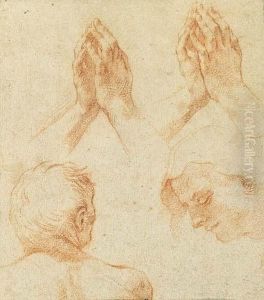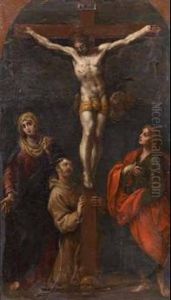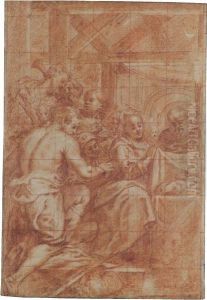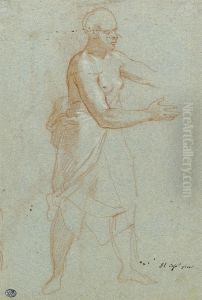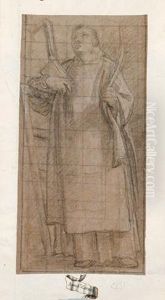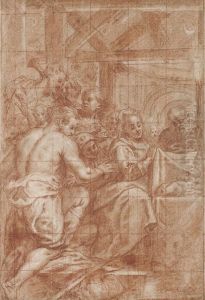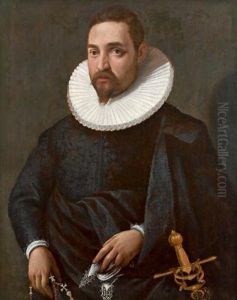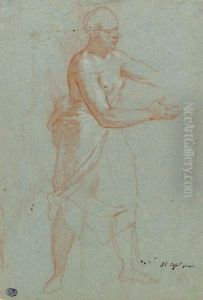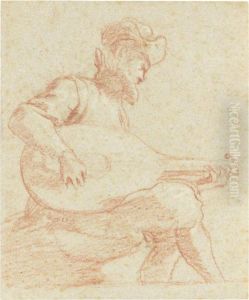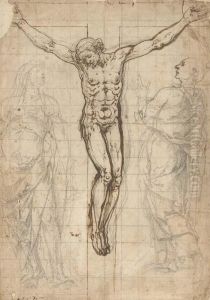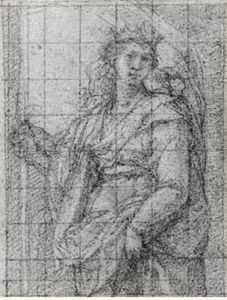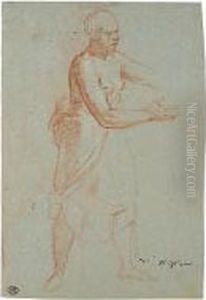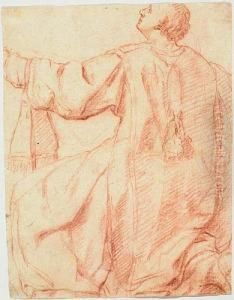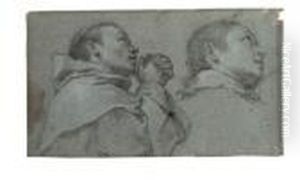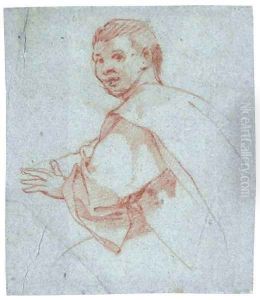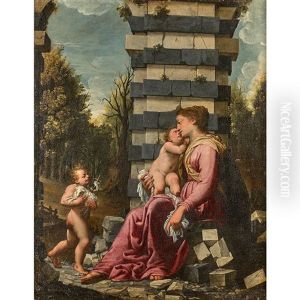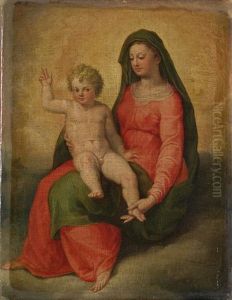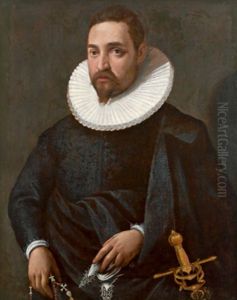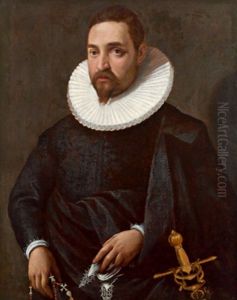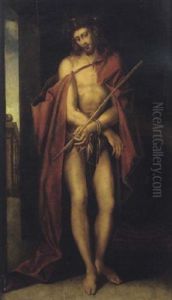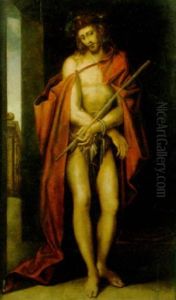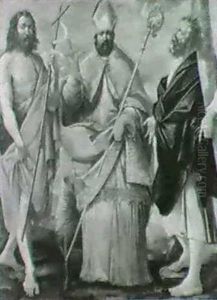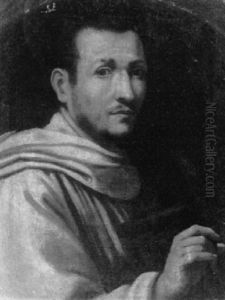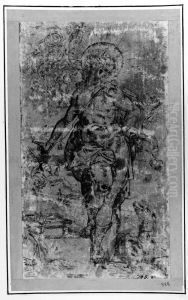Bartolomeo Cesi Paintings
Bartolomeo Cesi was a prominent Italian painter of the Baroque period, born in 1556 in Bologna, then part of the Papal States. He was a key figure in the Bolognese School of painting, which played a significant role in the development of the Baroque style in Italy. Cesi's artistic journey began under the guidance of his initial mentor, Giorgio Vasari, and later, he continued his studies under the tutelage of Giovanni Francesco Bezzo, known as il Nosadella. However, it was his association with the Carracci family, particularly Ludovico Carracci, that deeply influenced his stylistic development and approach to painting.
Cesi's work is characterized by its religious themes, a reflection of the Counter-Reformation's influence on art during this period. He excelled in fresco and oil painting, displaying a remarkable ability to convey deep spiritual themes with emotional intensity and technical precision. His frescoes in Bologna's churches, such as those in the Basilica of San Giacomo Maggiore and the Chapel of the Rosary in the Basilica of San Domenico, are celebrated for their vivid narrative quality and meticulous attention to detail.
Apart from religious works, Cesi also contributed significantly to the genre of landscape painting, being one of the early Italian artists to treat landscape as a subject in its own right. His landscapes exhibit a serene and harmonious quality, often serving as backdrops to religious scenes but also standing alone as expressions of the natural world's beauty.
Despite his contributions to Italian art, Bartolomeo Cesi's work was somewhat overshadowed by his contemporaries, such as Annibale Carracci and Caravaggio, during his lifetime and in subsequent art historical discourse. Nonetheless, his paintings remain an integral part of the study of the Baroque period, offering insights into the era's artistic trends and the spiritual and cultural contexts that shaped them.
Cesi's legacy is preserved in the collections of major museums and galleries across Italy and beyond, serving as a testament to his skill and dedication to his craft. He passed away in 1629 in Bologna, leaving behind a body of work that continues to be appreciated for its beauty, emotional depth, and historical significance.
